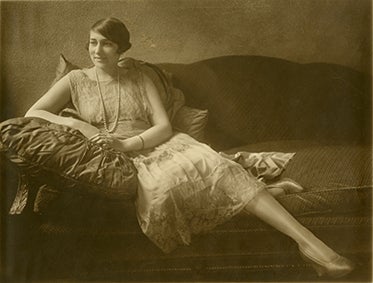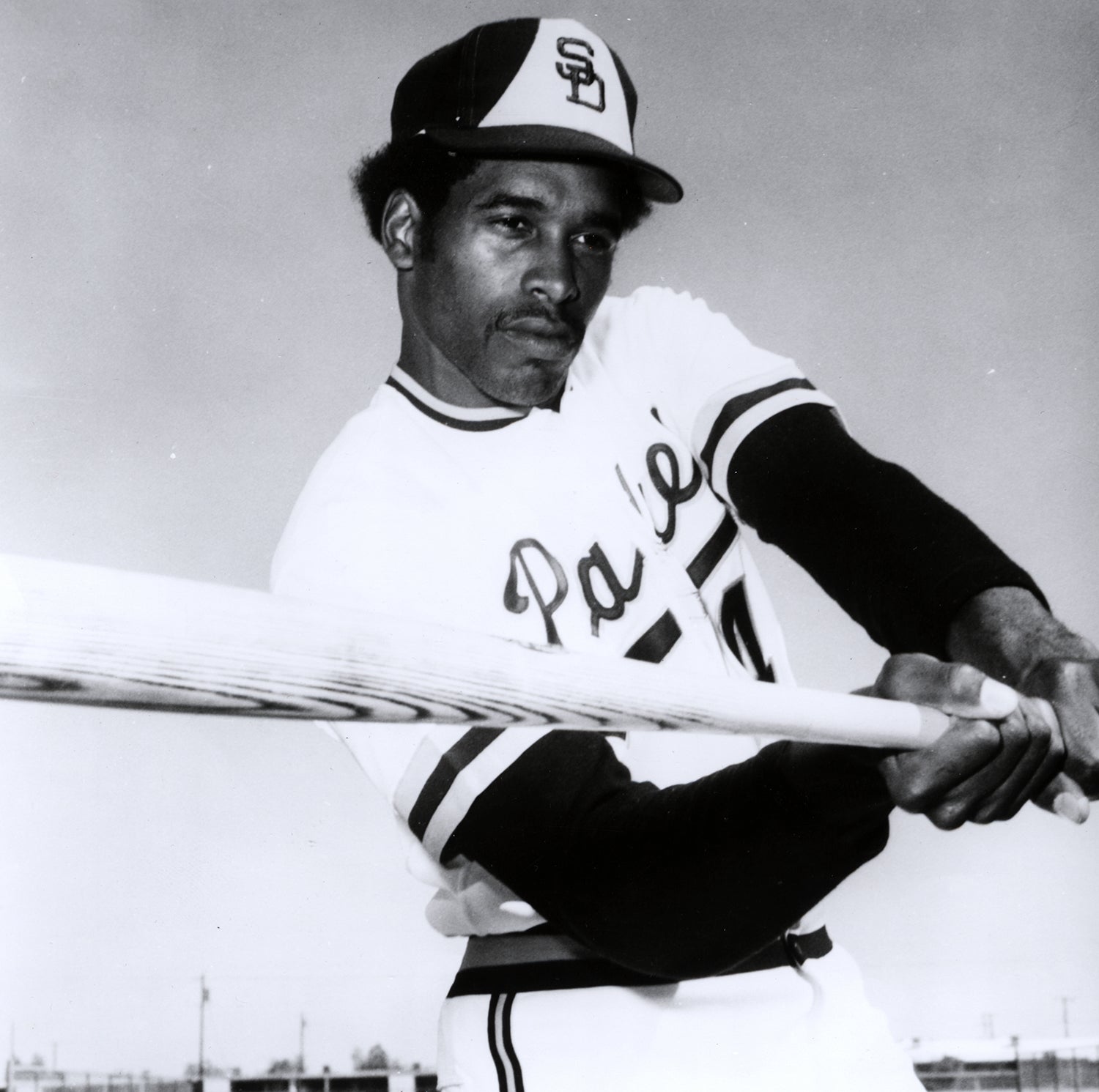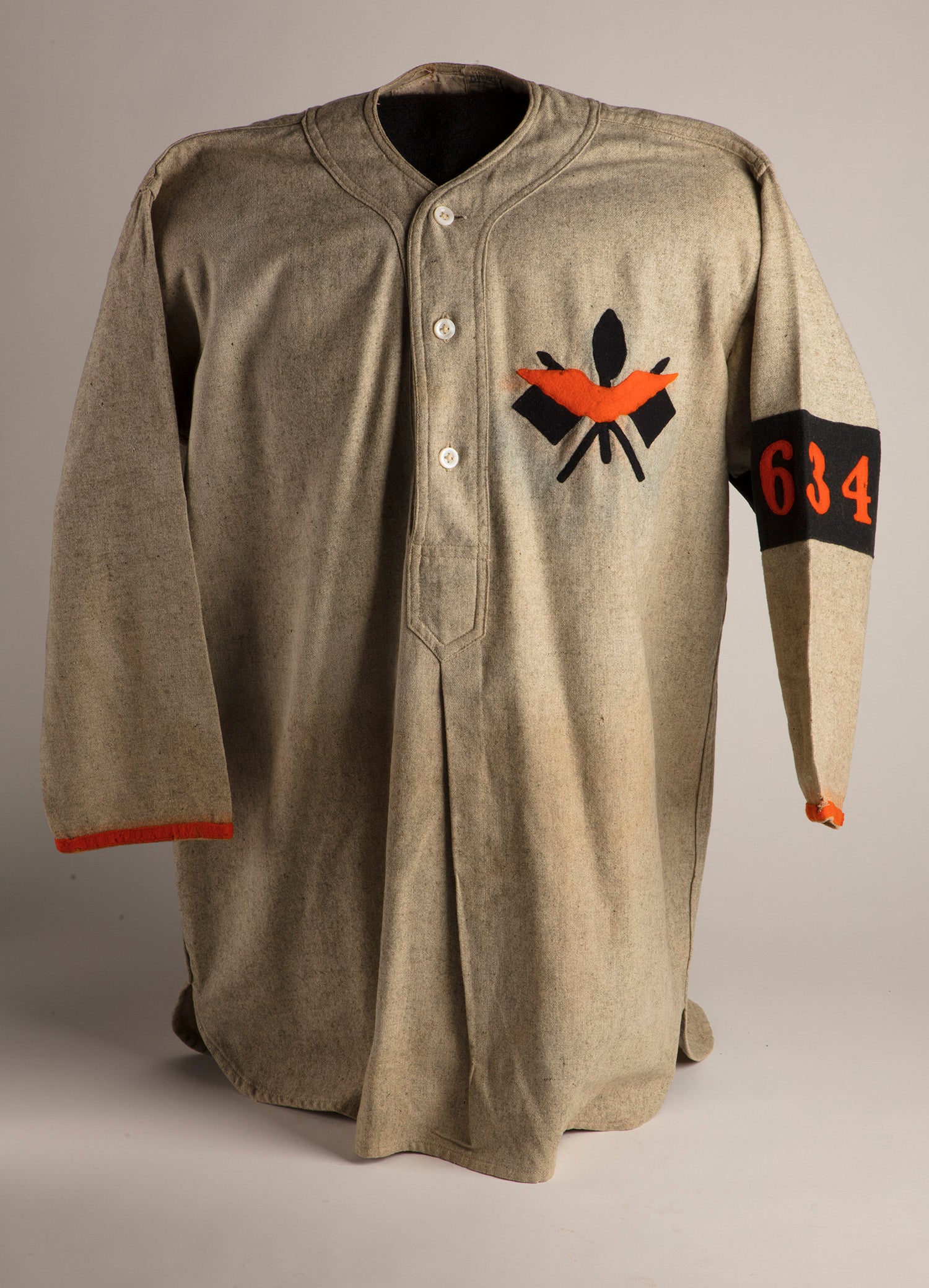- Home
- Our Stories
- #Shortstops: Stepping Up in Cooperstown
#Shortstops: Stepping Up in Cooperstown
In celebration of Women’s History Month, the Hall of Fame presents a series of stories about legendary and pioneering women in baseball.
During World War II, many women took jobs previously held by men who left to serve in the war effort. The work of these women, though crucial to keeping the country running, was often erased from memory soon after the war ended.
One such woman was Janet R. MacFarlane, who ran the National Baseball Hall of Fame and Museum from 1943 to 1946.
Born in Rochester, N.Y. in 1911, MacFarlane graduated from Skidmore College in 1933 with an art degree. While at the Rochester Museum of Art and Science she participated in a highly successful exhibition at the 1939 World’s Fair in New York City. She came to Cooperstown in 1942 to work at New York State Historical Society (NYSHA).
When the Baseball Hall of Fame’s first curator, William Beattie, died suddenly in 1942, he was succeeded by Clifford L. Lord, the head of NYSHA for a year. Lord ran both institutions for less than a year, until he joined the Navy in 1943. MacFarlane, NYSHA’s curator, was called on to step into the role of Acting Director both there and at the Hall of Fame.
During her time at the Hall, while men represented the museum at public functions, MacFarlane continued and codified professional procedures for accepting artifacts and updated the early exhibits. She organized a three-month remodeling project, with new exhibits opening in April of 1946 and began plans for an expansion project to double the size of the museum that eventually opened in 1950. Her reports were included in the annual Spalding Guide, and she established a presence in the collecting community.
The Navy released Lord from active duty in 1946, but he took a job as director of the Wisconsin Historical Society. MacFarlane remained head of the Hall of Fame for a short time longer until veteran baseball writer Ernest Lanigan took over later that same year.
Under MacFarlane’s leadership at NYSHA, she began work on Fenimore House (now named the Fenimore Art Museum), which was donated in 1944. She also opened Cooperstown’s Farmers’ Museum in 1943 and was its first curator.
MacFarlane was NYSHA’s director until 1947, when Dr. Louis C. Jones was hired. She remained as curator for both Fenimore House and the Farmers’ Museum.
It was then that MacFarlane established her fine reputation as curator while publishing and lecturing widely on subjects such as antiques, folk art, crafts, American paintings and museum activities. Her most notable contribution was probably a 1950 folk art exhibition at Fenimore House that received national attention.
In addition to her curator position, MacFarlane was president of the Cooperstown Art Association and was an accomplished painter. Her work was exhibited in a number of venues and included in collections such as the Munson-Williams-Proctor Institute in Utica, N.Y.
In 1956, MacFarlane left Cooperstown to become director of the Albany Institute of History and Art. Upon her departure, NYSHA director, Dr. Jones, said: “More than any other curator I know, she has a genius for creating the sense of reality and immediacy in historical exhibits, what we call ‘the lived-in look’.”
In her new post as chief administrator, it was said at the time that she was one of just seven women in the country running a museum. During a long and successful term, she expanded local support and the AIHA collection, ran successful exhibitions and worked to catalogue and promote Albany painters and the Hudson River School. MacFarlane also continued to publish and lecture. She retired from AIHA in 1967.
While in Albany, MacFarlane married Paul Cooley, and spent her long retirement in Plymouth, Mass., and Tempe, Ariz., before passing away in 2008.
When Hall of Fame director Ken Smith wrote his history of the institution in 1970, he noted that MacFarlane was one of the early staff “to whom the baseball world owes a debt for putting the Hall in order.”
Lenny DiFranza was the associate curator of new media for the National Baseball Hall of Fame and Museum





